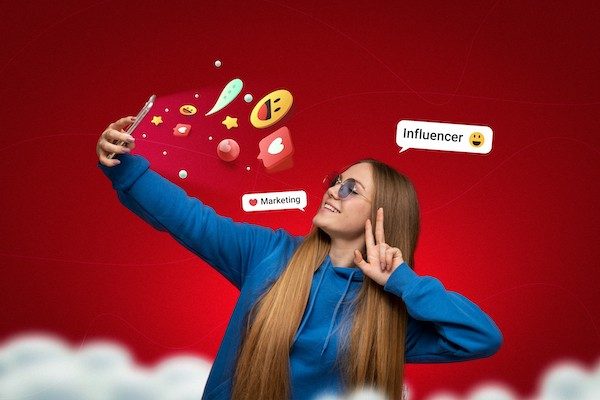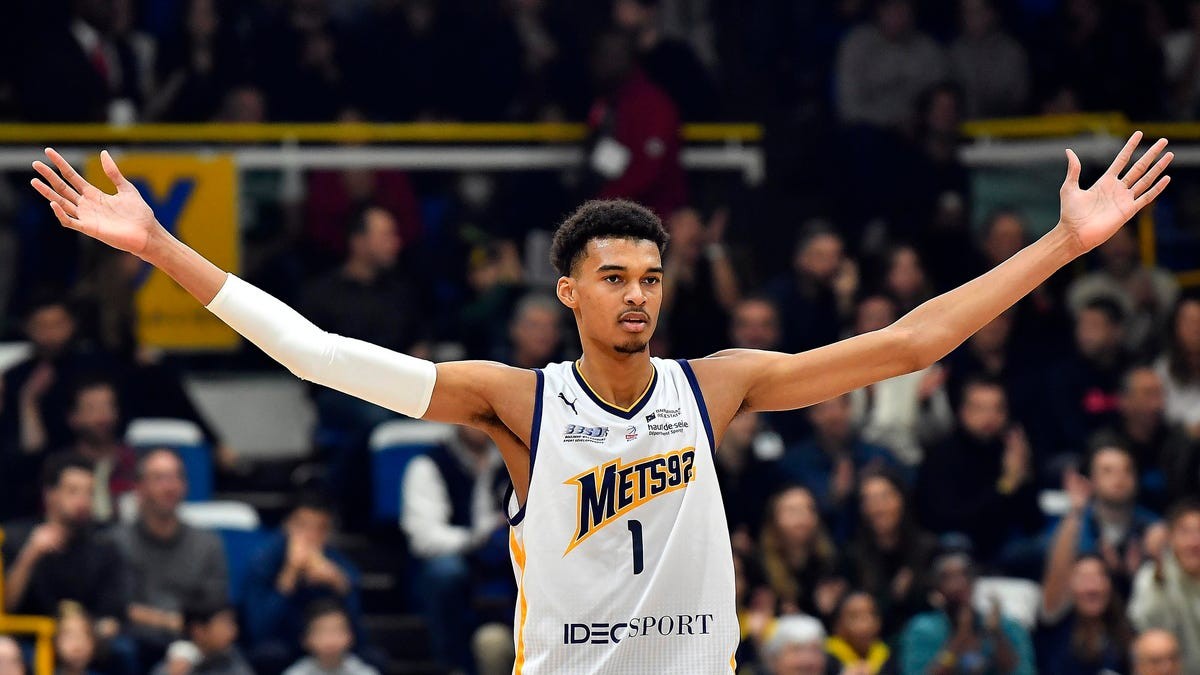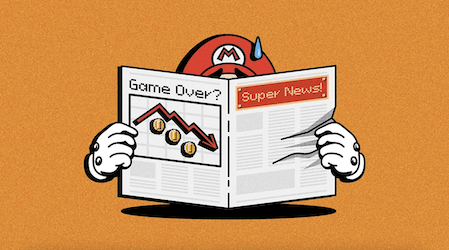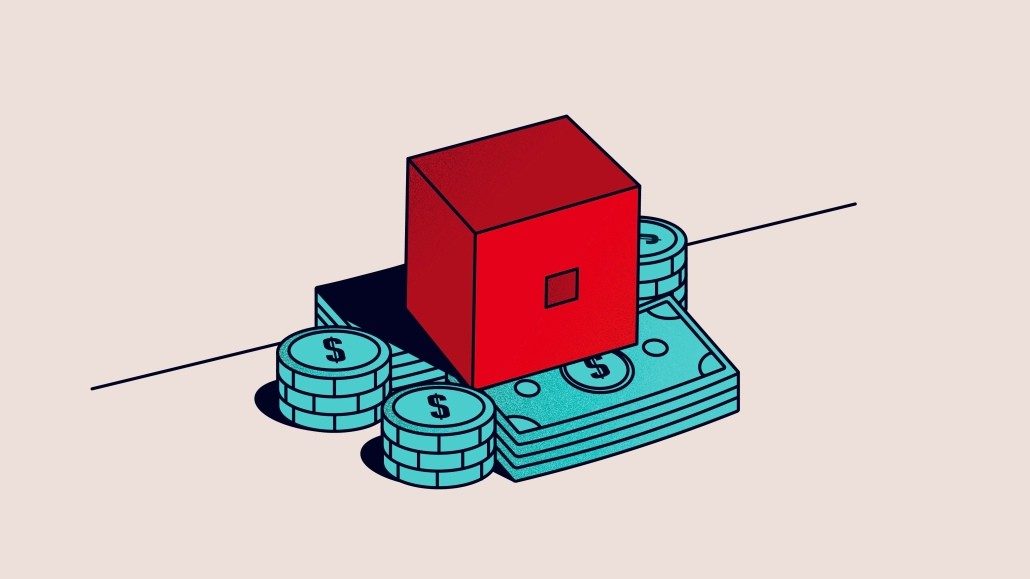‘How is influencer marketing evolving in the sports sector?’ is the title of an interview Strive’s Managing Director, Malph Minns, gave to Kolsquare (a solution for managing key opinion leader marketing campaigns).
There’s no denying it: traditional sports like tennis or football are seeing their audiences dwindle and age as younger generations focus their attention online and away from TV. And while there is recognition that new digital sports formats, channels and content creators could be the key to taking these sports into a healthy future, many in the sector have yet to fully embrace the promise of influencer marketing. Malph Minns, Managing Director of the UK’s Strive Sponsorship has two decades of experience working with athletes, brands, sports rights holders, and agencies across sport and entertainment verticals. He outlines the particular challenges sports face in embracing influencer marketing and strategies for effectively leveraging the Paris 2024 Olympic Games.
How is influencer marketing evolving in the sports sector?
There is a growing understanding of influence as it is defined elsewhere. There’s certainly an increase in spend by brands and sports rights holders like teams, leagues and federations. Influencer Marketing is being used by brands via the sponsorship of different athletes or events to help amplify existing campaigns. They do specific influencer campaigns, but this tends to be in other verticals rather than sports. Brands do ambassador deals but tend to look at those through a traditional sponsorship viewpoint rather than a digitally creative one. There is more investment going into influencer marketing as people learn what it is and how to do it, but it’s still comparatively quite small and tends to come from the media-buy side rather than the sponsorship side of the business because they understand the digital elements better.
There’s also a simplification of how sports look at influencers; they look at the size of the audience rather than how engaging they are. The understanding of using several micro or niche influencers to give you scale and leverage better engagement rates; that sort of tactic is still being learned rather than being well understood. Their heads are turned by a big number; the immediate thing is to be attracted to names and faces that you know — talents like players or senior figures in sports — rather than creators who use the sport as ingredients to tell stories.
What impact are creator sporting events on the one hand, and moves by platforms to obtain the rights to traditional sporting events on the other, having on the development of influence in sport?
Sports rights holders are paying close attention to creators like KSI and Logan Paul who participate in boxing events that draw phenomenal audiences for pay-per-view and develop popular drinks brands like Prime. The question they are asking is what can they learn to further build and engage their own audiences? Sports are starting to think, “Do we need to look at influencer versions like in gaming and esports”? and/or “Is there a way we can credibly engage influencers to reach their audiences”, like has been done in both gaming and esports? Furthermore, integrating influencers into content teams is being considered, giving them access to the ingredients they need to tell the stories they want to tell.
In sports, there’s a need to better engage with the younger audience and rights holders see digital channels, tools and personalities as an obvious route to that. But they haven’t yet done the thinking on how they might harness influencers to broaden their message, build the health of their sport and subsequently monetize that.
That’s where we’re probably at discovery mode. People’s ears have been pricked up by the boxing events because they’re seeing the live audience and good quality sport. There’s certainly an element of snobbishness from some purists, but they’re also seeing a younger age demographic.
The innovation will come from the creators rather than traditional sports because they’re the ones who better understand the audience. They don’t need sanctioning bodies unless they want to go up the professional scale. #United and the EE Wembley Cup is a good example of that in football; teams of influencers selling thousands of tickets to Wembley Stadium. People were much more excited to see Spencer [@ahugegorilla], a big FIFA streamer than they were Jamie Carragher, who just finished at Liverpool.
Creators don’t need the Premier League to create those products because their narrative is the sport. We’re going to see more of it from creators, and we’re going to see sports looking for how it can get involved and leverage that to make money and use it to promote sport in a healthier way. Indeed, The Sidemen (a YouTube group of internet personalities) recently sold out 62,000 tickets in just an hour and a half for a charity football match they have on September 9th.
Sports rights holders have a decent understanding of where their live content is being consumed around the world. Coverage is carried by traditional linear broadcasters and recently there’s been a shift to the streaming services; platforms like Prime are upping their game, Apple TV has just taken the Major League Soccer rights in the US, and YouTube has the NFL.
Whilst new live broadcast players in the market have been initially welcomed, there’s also nervousness. They recognise how dependent they are on their digital content going out through social media channels to build scale, and how much better those platforms are at monetizing it than them, and they’re worried about making the same mistake. Facebook, Twitter, and Instagram, currently own the audience. Sports are now having to try and harvest their own fanbases back and accumulate first-party data so that they can monetize them directly and at a better margin, Not only are partner brands demanding more direct engagement of the audience, but some are saying, “I don’t need to do a deal with you, Mr. or Mrs. Football team, I can reach your audience through a paid media strategy by going through the platform.”
They’re in a paradox of wanting to build and scale audience because that’s important to their traditional revenue streams and the future of the sport from a participation and fandom standpoint, but also an acknowledgement that if they’re giving even more content away and those platforms do a better job of monetizing that, are they just handing over more power that will come back to bite them in the long term.
Does it follow that the next generation of creators might be young athletes with large profiles who are digital natives, unlike the generations before them?
There will be a few who are hybrid athletes and creators. But being a creator is a full-time job, as is being a professional athlete. The logic of young athletes being digitally native and in the public eye anyway stacks up as to why you could think they will be part of the new generation of creators. Additionally, more athletes are now looking to build audiences and monetize through a variety of differing routes. There’ll be a few that standout but there will be fewer than we think because they just won’t have the time. For example, given the amount of time you need to put in to be a top-level swimmer, would you have the time and mindset to create content? You certainly don’t have the money as a swimmer to build a content team. We might see a few athlete creators, but I don’t think we’ll see floods of them. It will be down to the people that have a real interest and passion for creating, as well as the love of their sport.
Click here to read the full ‘How is influencer marketing evolving in the sports sector?’ interview on Kolsquare.
Looking for influencer marketing support?
If you’re looking for an agency who are expert in sports, esports, and/or gaming, then Strive Sponsorship can help. Contact us for sponsorship, marketing, commercial, content, media, investment, and communications consultancy services.
Frequently asked questions
What is an example of influencer marketing?
An example of influencer marketing is when a popular social media personality promotes a product or service to their followers through sponsored posts, videos, or endorsements, leveraging their influence and reach to increase brand visibility and potentially drive sales.
How does influencer marketing work?
Brands collaborate with social media influencers who have a substantial and engaged following. Influencers create content promoting the brand’s product or service, reaching their audience and potentially influencing their purchasing decisions, thus generating brand awareness and sales for the company.
Do you pay for influencer marketing?
Yes, brands typically pay influencers for their promotional services and in some instances will also give the creator a share of the revenues generated.













